Asia Gastronomy Cities
Tokyo Gastronomy City
Tokyo, Japan's capital, is a city where old customs and futuristic tech coexist harmoniously. This urban center of over 13 million residents is recognized for its top-notch public transit, sky-high buildings, and distinct pop culture.
Behind its modern appearance, Tokyo holds a wealth of cultural heritage, with numerous religious sites and museums dotting the cityscape. The urban green spaces provide peaceful retreats within the city, allowing both locals and tourists to connect with nature.
- Tokyo's food offerings blend traditional and contemporary cuisines
- From street eats to fancy restaurants, the city caters to all tastes
- Visiting local markets like Tsukiji Outer Market is essential for food fans
Why is Tokyo a food lover's dream
Tokyo's food landscape mirrors its essence - a smooth blend of traditional and innovative flavors. From tiny ramen joints to upscale sushi spots, Tokyo presents an incredible array of dining choices. The city boasts over 200 Michelin-starred eateries, surpassing any other global metropolis.
But it's not all about fancy meals. Tokyo's street food is equally impressive. You'll spot vendors selling everything from takoyaki (octopus-filled balls) to taiyaki (fish-shaped sweets with red bean filling).
One prime spot to experience Tokyo's food culture is the Tsukiji Outer Market. While the inner market has relocated, the outer area remains a lively hub, with countless shops offering fresh seafood, produce, and kitchen gear.
How to make the most of Tokyo's food scene
Getting around Tokyo's food scene might seem tricky, but that's part of the excitement. Here are some tips to help you enjoy your food adventure:
- Sample local favorites: Each Tokyo area has its own food specialties. For instance, Tsukishima is known for monjayaki, a savory pancake-like dish.
- Give small eateries a chance: Some of Tokyo's best food comes from tiny, modest places. A line of locals waiting outside is usually a good sign.
- Get comfortable with vending machines: Many casual spots in Tokyo use vending machines for orders. Don't worry - they often have pictures or English text.
- Check out convenience stores: Japanese convenience stores, or konbini, offer a wide range of surprisingly tasty food options, from onigiri (rice balls) to bento boxes.
Which dishes should I try in Tokyo
Tokyo's food scene is incredibly varied, but here are some must-try dishes:
- Sushi: No Tokyo visit is complete without sampling some of the world's finest sushi. For a special experience, head to the Toyosu Fish Market early for the freshest sushi breakfast ever.
- Ramen: Tokyo has countless ramen shops, each with its own style. Try tsukemen, where you dip the noodles in a separate broth.
- Tempura: Crispy, lightly battered, and fried seafood and veggies. For top-notch tempura, check out Tokyo's specialized tempura restaurants.
- Yakitori: Grilled chicken skewers, perfect with a cold beer for a casual dinner.
- Tonkatsu: Breaded and fried pork cutlet, typically served with shredded cabbage and a tangy sauce.
Here's a quick guide to some popular Tokyo dishes and where to find them:
| Dish | Description | Where to try |
| Sushi | Fresh raw fish on vinegared rice | Tsukiji Outer Market |
| Ramen | Noodle soup with various toppings | Ramen Street in Tokyo Station |
| Tempura | Battered and fried seafood/vegetables | Tempura Kondo in Ginza |
| Yakitori | Grilled chicken skewers | Omoide Yokocho in Shinjuku |
| Tonkatsu | Fried breaded pork cutlet | Maisen in Aoyama |
Where's the best street food in Tokyo
Tokyo's street food is a treat for all senses. Here are some top spots to sample street food in the city:
- Ameya-Yokocho: This busy market street in Ueno is full of food stalls selling everything from fresh seafood to grilled meat skewers.
- Nakamise Shopping Street: Leading to Senso-ji Temple in Asakusa, this street is packed with vendors selling traditional snacks like senbei (rice crackers) and ningyo-yaki (small cakes with sweet bean filling).
- Shibuya Center-gai: This walkway in central Shibuya has many food stands selling popular snacks like takoyaki and crepes.
- Omoide Yokocho: Also called "Memory Lane" or "Piss Alley" (don't let the name scare you!), this narrow alley in Shinjuku is lined with tiny yakitori spots and other casual eateries.
Remember, when eating street food in Tokyo, it's polite to eat near the stall instead of walking and eating.
How can I really get into Tokyo's unique food culture
To fully appreciate Tokyo's food culture, try these activities:
- Join a cooking class: Learn to make sushi, ramen, or other Japanese dishes from local experts.
- Check out a depachika: These basement food halls in department stores are full of gourmet foods and beautifully packaged treats.
- Visit a conveyor belt sushi place: For a fun and affordable sushi experience, go to a kaiten-zushi restaurant where sushi plates rotate on a conveyor belt.
- Try themed cafes: Tokyo is known for its quirky themed cafes. Visit a cat cafe, owl cafe, or even a robot cafe for a unique dining experience.
- Take part in a traditional tea ceremony: Experience the art of Japanese tea preparation in a calm setting.
Tip: Many Tokyo restaurants have plastic food displays outside.
These are super helpful for choosing what to eat, especially if you can't read Japanese!
What about Tokyo's drinking scene
Tokyo's drinking scene is as lively as its food scene. Here are a few things to try:
- Izakaya: These Japanese-style pubs are great for casual drinking and snacking. Order various small dishes to share with friends.
- Sake tasting: Sample different types of Japan's traditional rice wine at a sake bar. Many offer tasting sets to help you find your favorite style.
- Craft beer: Tokyo has a growing craft beer scene. Visit brewpubs like Hitachino Brewing Lab or Baird Beer Taproom to try local brews.
- Golden Gai: This network of narrow alleys in Shinjuku has over 200 tiny bars, each with its own unique vibe.
Remember, in Japan, it's customary to say "Kanpai!" (cheers) before drinking with others.
How can I eat well in Tokyo without spending too much
Eating well in Tokyo doesn't have to cost a fortune. Here are some tips for budget-friendly dining:
- Lunch sets: Many restaurants offer cheaper set menus at lunchtime, often including a main dish, rice, miso soup, and side dishes.
- Standing sushi bars: These offer high-quality sushi at lower prices than sit-down restaurants.
- Ramen shops: A filling bowl of ramen is both tasty and affordable.
- Convenience stores: Don't underestimate the quality of food from Japanese convenience stores. They offer a wide range of affordable meals and snacks.
- Food courts: Many shopping centers have food courts offering a variety of cuisines at reasonable prices.
"Tokyo is a place where you can eat well at any price point. From 100-yen sushi to Michelin-starred restaurants, there's something for every budget." - Local food blogger
Remember, tipping isn't common in Japan, so you don't need to include that in your budget.
Tokyo's food scene reflects the city itself - varied, creative, and deeply tied to tradition. Whether you're enjoying ramen in a tiny shop, savoring sushi at a fancy restaurant, or munching on street food in a busy market, every meal in Tokyo is an adventure. So come hungry, eat often, and enjoy all the tasty treats Tokyo has to offer!
FAQs
What are some food manners I should know about?
In Japan, it's polite to say "itadakimasu" before eating and "gochisousama deshita" after finishing your meal. When using chopsticks, don't point them at others or stick them upright in your rice. Slurping noodles is actually considered good manners, as it shows you're enjoying the food.
Can vegetarians and vegans find good food in Tokyo?
While traditional Japanese food often includes fish or meat, Tokyo has more and more vegetarian and vegan-friendly restaurants. Look for places specializing in shojin ryori (Buddhist vegetarian cuisine) or modern vegan cafes. Many restaurants also offer vegetarian versions of popular dishes like ramen or sushi if you ask.
How far ahead should I book popular restaurants?
For high-end or very popular restaurants, it's best to book as early as possible - sometimes months in advance. Some restaurants only take bookings through hotel concierges or specific booking services. For less exclusive places, a week or two ahead is usually enough.
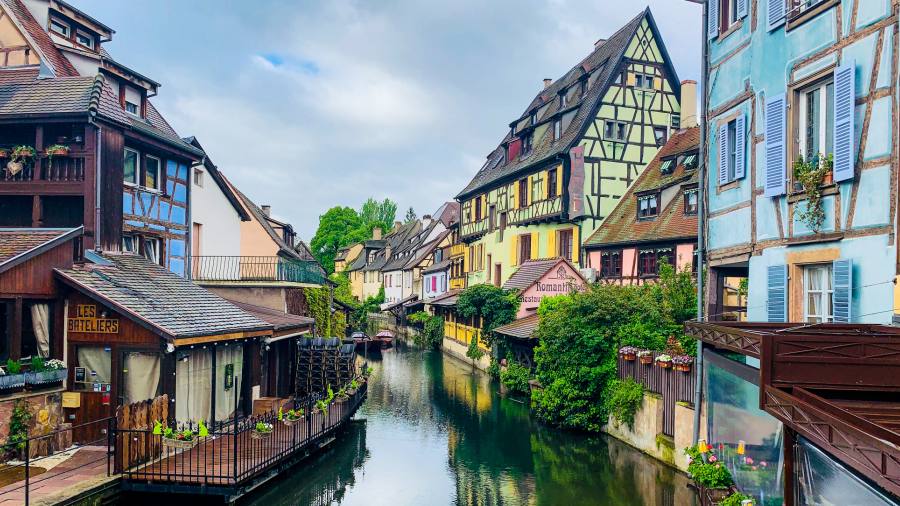
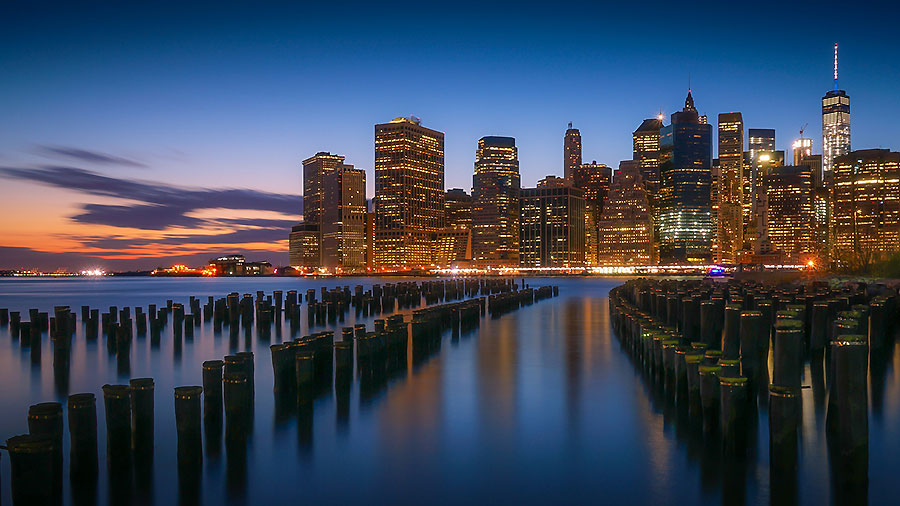


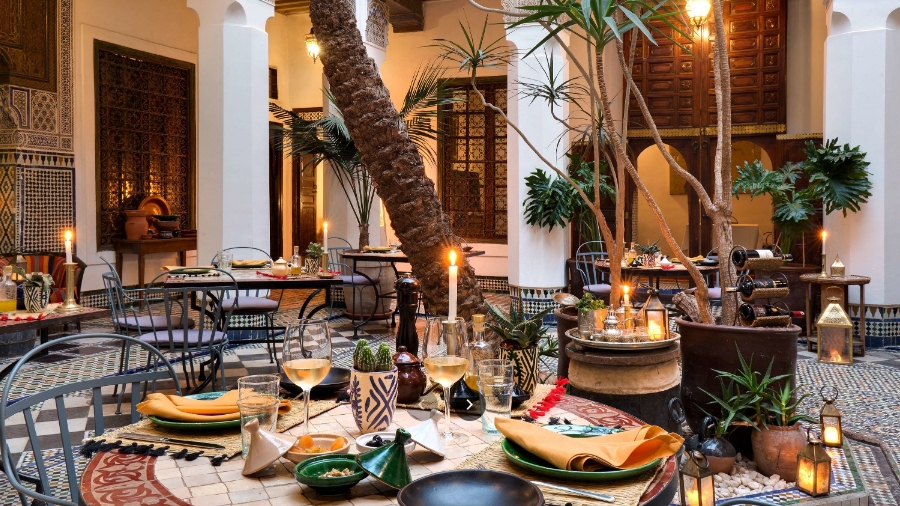


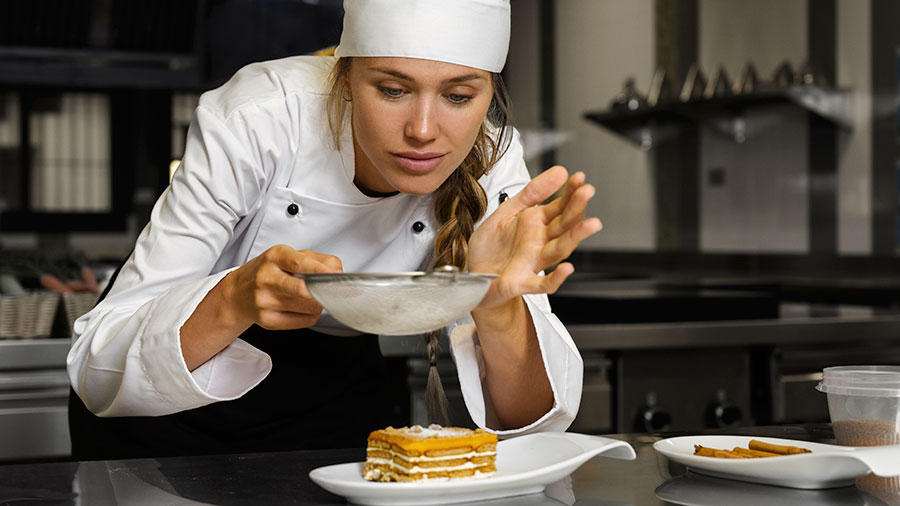



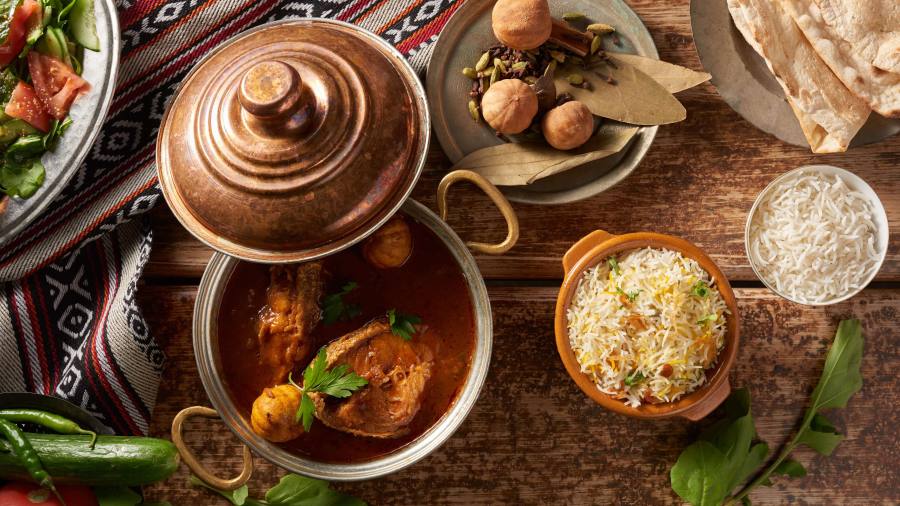
 Gastronomy Cities
Gastronomy Cities
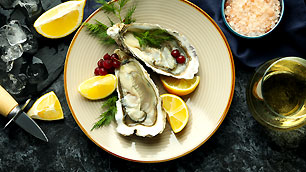 Amazing Food
Amazing Food
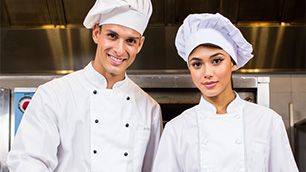 Chef's Talk
Chef's Talk